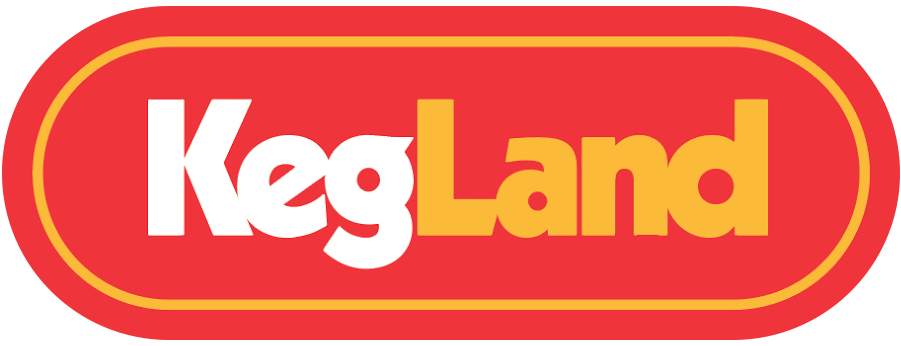Yeast! Man, yeast is amazing.
Actually, that’s worth repeating.
Yeast. Is. Amazing.
It’s a truism that homebrewers don’t make beer.
We make wort.
Yeast makes beer.
The right yeast can make or break your beer. I still remember how blown away I was when I realized that 98% of the flavor in, say, a saison was produced ENTIRELY BY THE WEE YEASTIES.
Yup. All that clove and spice. Not from hops or malt. Just from these beautiful, clever little yeast dudes.
The range of yeasts available to us as homebrewers is, quite simply, extraordinary.
From work horses like US-05, to simple but reliable beauties like Nottingham, through the gamut to massive krausen generating insane flavor throwing Belgian yeasts. And let’s not forget the Kveiks like Voss – new to us, but having been used for possibly centuries before they became available to the homebrew community. You can read more about Kveiks (rhymes with quake, BTW) on Lars’ excellent blog post here.
It’s quite possible that learning about yeast is the single biggest topic in brewing, and we can’t hope to do more than scratch the surface here. So I will just go through a few basics, as well as a couple of tricks and techniques every homebrewer should know.
Dry Yeast vs Liquid Yeast – what’s the difference anyway?
This one is.. interesting. Over the years it has become a bit of a religious type debate in homebrew circles, where people kinda pick sides.
Look, let’s set the record straight.
Yeast is yeast.
Dry, liquid, they don’t care. They just want to make wort into beer. But let’s break it down a little.
Dry Yeast
Dry yeasts will last a very long time. They are produced and packaged in such a way to provide them with the impetus they need to be pitched directly onto your wort and to get going – generally speaking, there are enough viable cells in one packet of dry yeast fro your average 20L home brew. Feel free to re-hydrate, and that is often recommended, but really, just open them up and chuck them in. Dried yeast is all about convenience. And with new dry yeasts coming out all the time, it is also about variety. Lallemand in particular have been fantastic with the yeast they are bring to the public – their Kolsch yeast and their brand new Verdant Ale are staff favourites. Dry yeast is also typically cheaper than liquid yeast, making it an economic choice as well.
Liquid Yeast
Liquid yeasts are a bit more finickity. Typically, you need to make a yeast starter to ensure you are pitching enough viable cells. They also lose viability over time much more quickly than dry yeasts, so won’t last anywhere near as long in the fridge.
So what’s the advantage then, I hear you ask?
Variety is the answer. There are a simply vast number of different liquid yeasts, with dozens of strains that are just not available in dried form. Many online warriors will argue that equivalent liquid yeast strains are superior to their dried version as well, but… they’re wrong. They may be different, but certainly not inferior.
So, if you want a particular strain of kveik known as Opshaug, or an isolate from a certain famous Belgian ale (my go to for Dubbels, as it happens), perhaps a yeast from the brewery that made saison a household name, then sometimes you have no choice but to use a liquid yeast.
Yeast Starters
As I said, if you want to use liquid yeasts, making a starter first is a great idea. It’s a simple process, and can be done with a few inexpensive pieces of equipment. You want to make your starter 2-3 days before you brew, so please plan accordingly.
You can use online calculators to calculate the size of your starter, or just make up a one litre batch, which will be sufficient for all but the strongest of 20L batches. Lagers are a special case – doubling the starter is generally a good move.
You will need:
A large heatproof flask – I like a 3L flask, but a bit smaller or bigger is fine
Some aluminum foil
Optional, but nice to have:
First, make up a weak wort in the flask of roughly 1.040 gravity – 100g DME in 1L ,water will get you there. Bring it to a boil and boil for 10 minutes to sanitise. Boil loosely covered with foil to sanitise the foil at the same time is a smart move.
Then, quickly cool the wort. You don’t have to be as exact about temperature with a starter as tyou do with your beer – around 25-28c is fine. Shake, open and pitch your yeast. Cover loosely with the foil or insert the bung and airlock if using.
Then, either set it stirring on the stir plate, or just remember to give your starter a good shake every now and then.
It will ferment out in (usually) 1 or 2 days, leaving a lovely layer of fresh, healthy and viable yeast ready to pitch.
To pitch, carefully decant most of the liquid, swirl up the rest and pour into your wort. Easy!
Note: it’s really common to not see activity in a starter. WLP550 (my favourite strong Belgian strain) is infamous for this, for example. Don’t fret. If, when you swirl the flask, you see a head form, or you can see the amount of yeast increasing, then all is working fine.
So that’s it. In reality, it’s a lot simpler than it seems. Lucky for us, yeast just want to make beer.
Happy Brewing!



